
Subway, America’s largest sandwich chain, took a significant hit in 2024, closing 631 underperforming locations throughout the United States. That meant its total U.S. store count is now 19,502, dropping below 20,000 for the first time in two decades.
The closures mark the eighth consecutive year of decline in the U.S. and reflect broader challenges, including shifting consumer preferences, increased competition, and the financial struggles of individual franchisees.
Despite this, Subway remains the largest restaurant chain in the U.S. by location count and the third-largest worldwide behind McDonald’s and Starbucks.
Decline of Subway’s U.S. Footprint
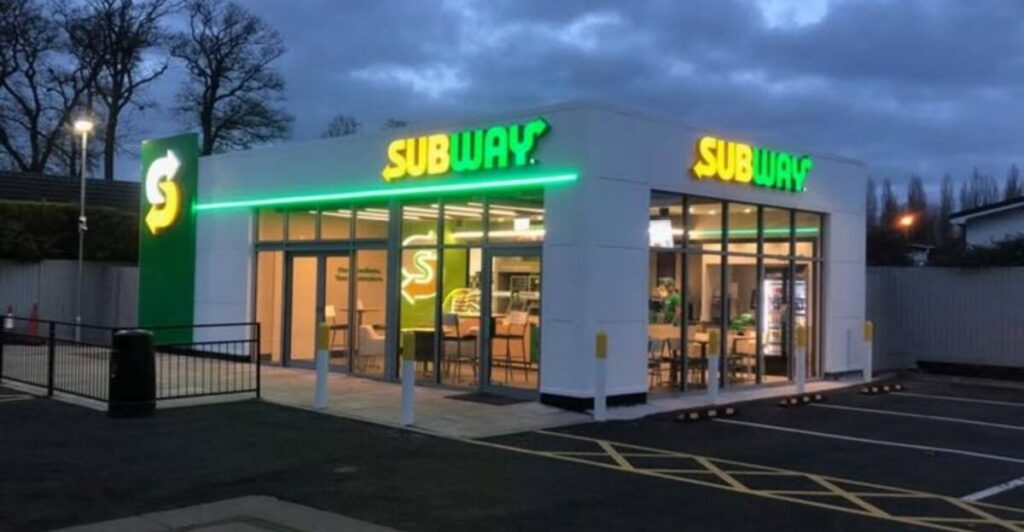
Subway’s U.S. presence peaked with roughly 27,000 restaurants in 2015 but has steadily declined since, losing about 7,600 locations over the last nine years. The 631 closures for 2024 continue a trend of shrinking outlets that began in 2016.
This decline has raised concerns about the brand’s long-term viability in its home market, even though it continues to dominate in terms of the number of stores. The closures have had a particularly jarring effect on employees, many of whom have been left suddenly unemployed and blindsided by sudden closures.
Reasons Behind Store Closures
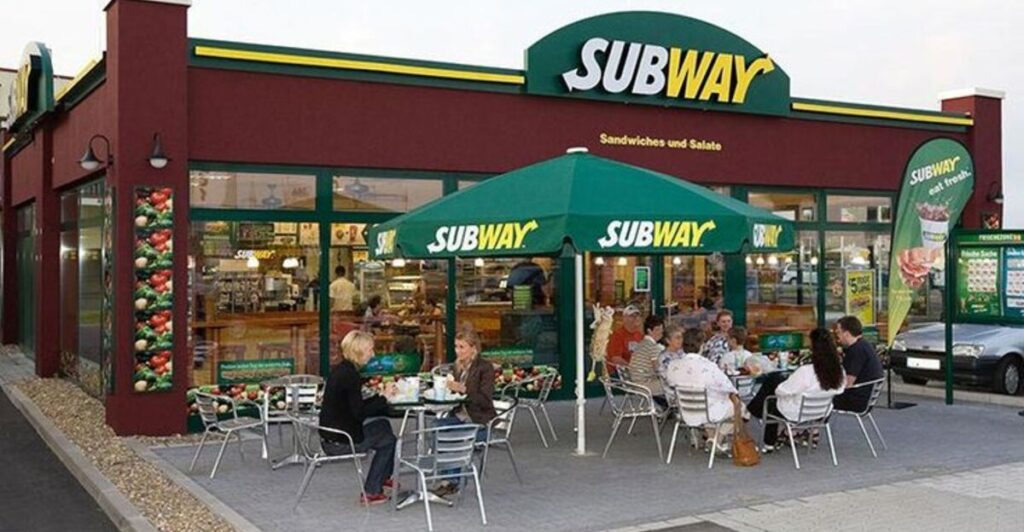
A number of reasons led to ongoing closures of Subway locations, including lower sales per store compared to competitors, evolving customer preferences, and increased competition from other fast-casual and sandwich chains.
Franchisees have also faced financial pressure, with some filing for Chapter 11 bankruptcy protection. Additionally, incidents like a bank hacking event forced 23 stores to close, leaving around 200 employees jobless without warning.
Financial Performance of Subway Franchisees
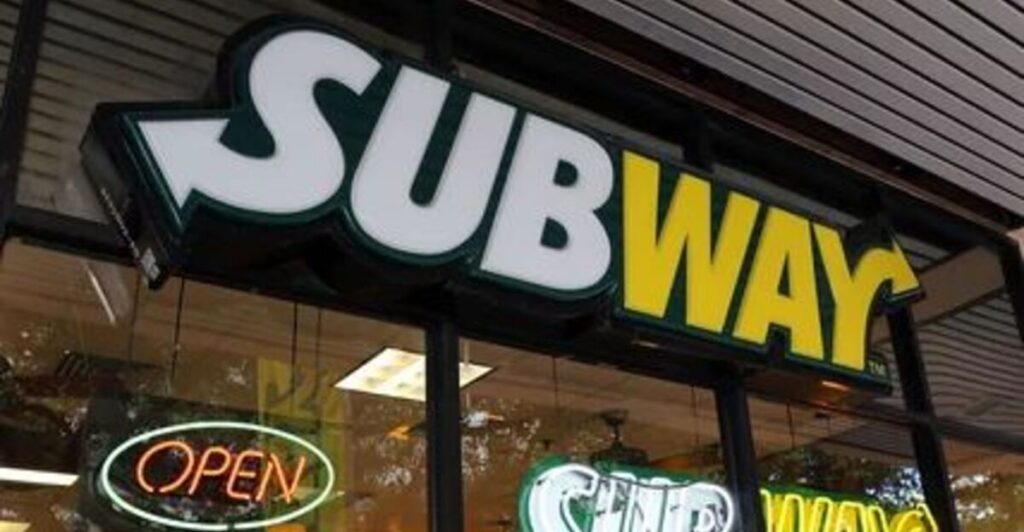
As of 2023, Subway franchisees report an average gross sales of about $490,000 annually, and note it is up 4% from 2023. Despite this growth, profitability remains modest, with estimated earnings before taxes, depreciation, and amortization (EBITDA) around $74,000 annually for owner-operators.
Due to management costs, semi-absentee owners make smaller profits, highlighting the importance of hands-on operation for financial success.
Impact on Employees and Franchisees
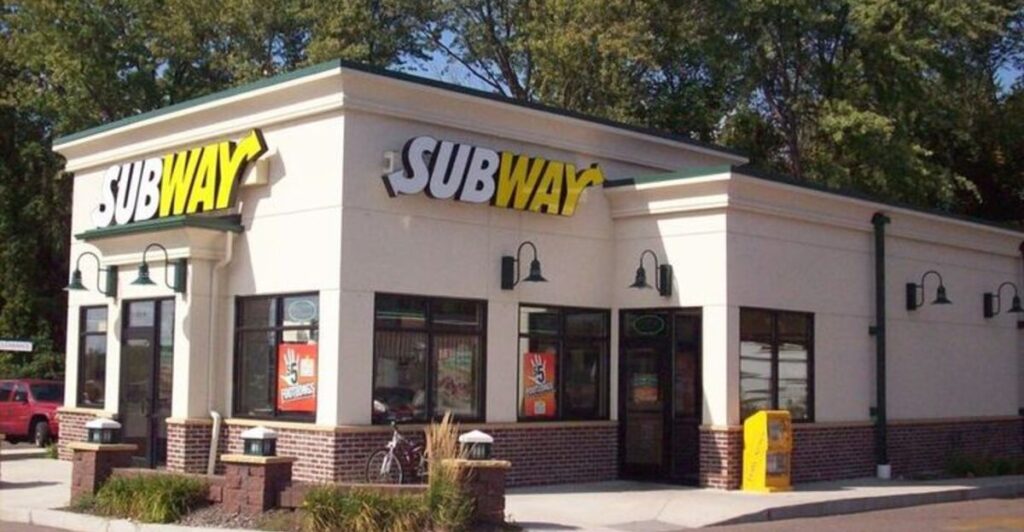
The abrupt closures have devastated employees, many of whom were left without jobs and with little notice. Employees said they were “totally blindsided” by the shutdowns and criticized the lack of transparency and support from the company.
Franchisees have also reportedly been struggling financially, with some opting to file for bankruptcy protection as store sales declined. These challenges underscore the difficulties Subway faces in maintaining its extensive U.S. footprint.
Profit Margins and Cost Management Challenges

Profit margins for Subway franchises vary widely but tend to be slim due to high operating costs such as rent, labor, and ingredient costs.
Franchisees must balance competitive pricing with operational efficiency to sustain viable margins in a highly competitive fast-food market.
Ownership and Financial Challenges

Roark Capital Group acquired Subway in 2023 for $9.6 billion after months of speculation. Despite this change in ownership, the chain’s U.S. sales have not significantly improved.
The company continues to face financial pressures domestically, even as it invests in strategies aimed at stabilizing and growing its business. The acquisition marked a new chapter but has yet to reverse the trend of store closures in the U.S.
Impact of Franchise Turnover and Store Sales

In 2023, 1,700 Subway franchises changed ownership, indicating a tremendous amount of franchise turnover. The trend suggests that many franchisees are opting to sell rather than close outright, reflecting both challenges and opportunities in the market.
The ability to transfer stores helps preserve locations and signals ongoing financial pressures on operators.
International Expansion and Growth
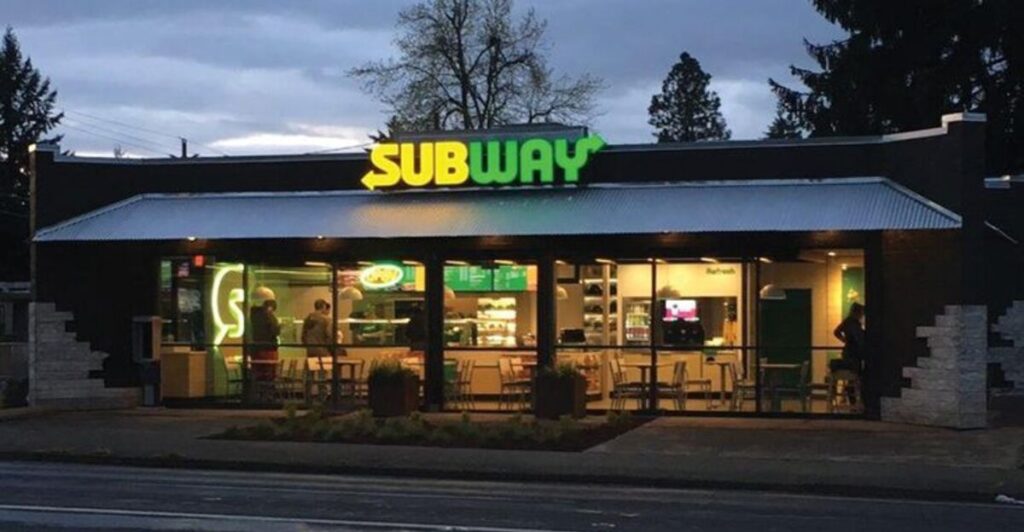
While Subway’s locations in the United States have declined, the chain has continued to expand internationally. It currently has nearly 37,000 restaurants globally and has arranged for more than 10,000 new international locations over the past three years.
This global growth helps maintain Subway’s position as the third-largest restaurant chain in the world, trailing behind McDonald’s and Starbucks.
Strategic Focus on “Smart Growth”

Subway is embarking on a “Smart Growth” initiative designed to enhance profitability and preserve its market position.
That includes opening new restaurants, relocating existing stores, and closing underperforming locations to ensure a consistent, high-quality, and convenient guest experience. The company aims to balance growth with operational efficiency to adapt to changing market conditions.
Store Redesign and Innovation
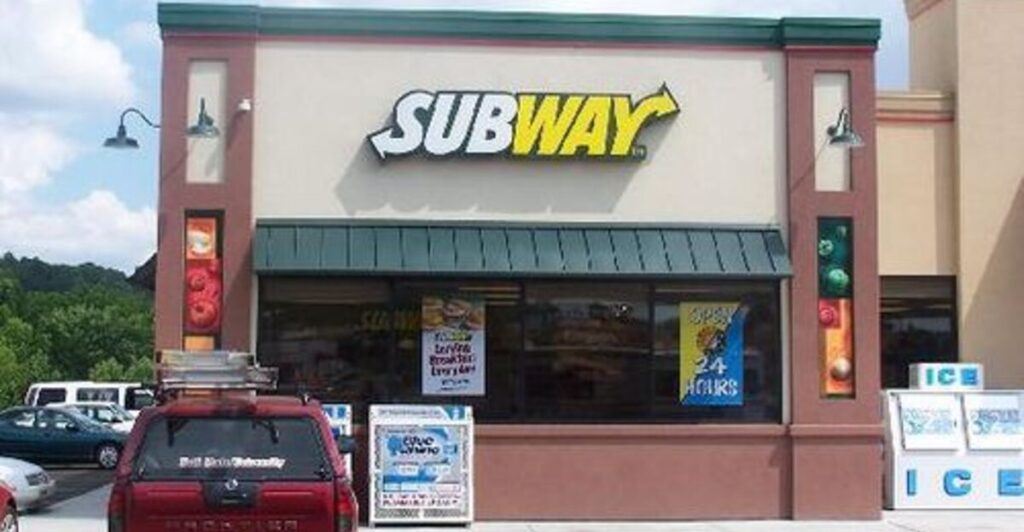
As part of its revitalization efforts, Subway is introducing its Fresh Forward 2.0 store design worldwide. This updated look features bold and striking wall graphics, enhanced lighting, and support for digital innovations to improve customer experience.
These changes are intended to modernize the brand’s image and appeal to evolving consumer preferences.
Role Store Remodels in Business Revitalization

Subway has mandated franchisees to remodel stores with the Fresh Forward 2.0 design, believing that refreshed and updated aesthetics and technology can boost customer traffic and sales.
Franchisees unable to fund these remodels are being encouraged to sell their stores. This strategic push aims to modernize the brand and improve unit economics, potentially slowing the rate of closures.
Revenue Growth Fueled by Vendor Contributions

Subway’s reported revenue growth over recent years includes a significant portion—over 10%—from vendor contributions and discounts on ingredients and equipment.
This vendor revenue increased by 70% in 2023, underscoring Subway’s reliance on supplier partnerships to support franchisee operations and overall financial performance.
Competitive Position in the U.S. Markets
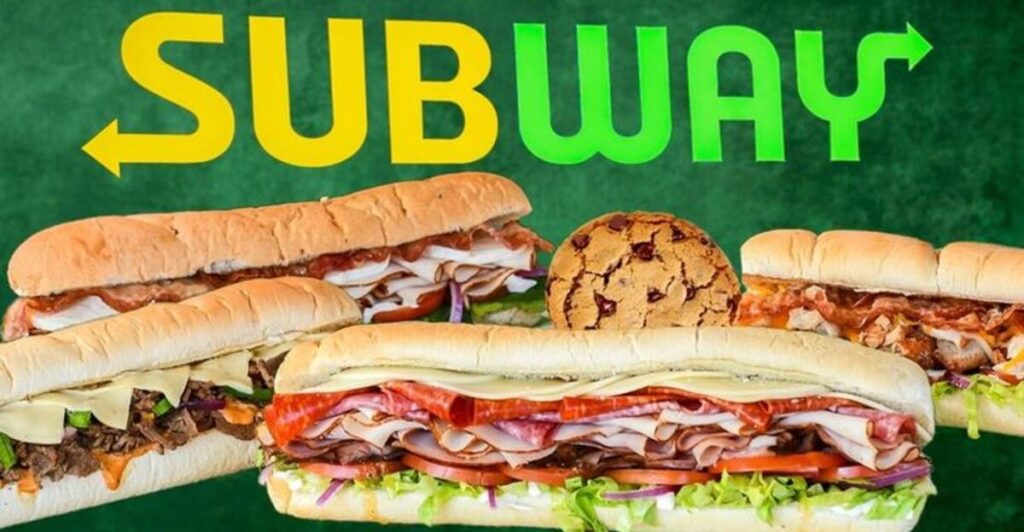
Despite the decline in store count, Subway remains the most prolific U.S. restaurant chain by location, with about 3,700 more stores than Starbucks and 6,600 more than McDonald’s.
However, it has lost the title of the world’s largest chain by unit count to these competitors. Maintaining this position domestically requires continued adaptation to consumer trends and operational challenges.
Influence of Location on Franchise Profitability
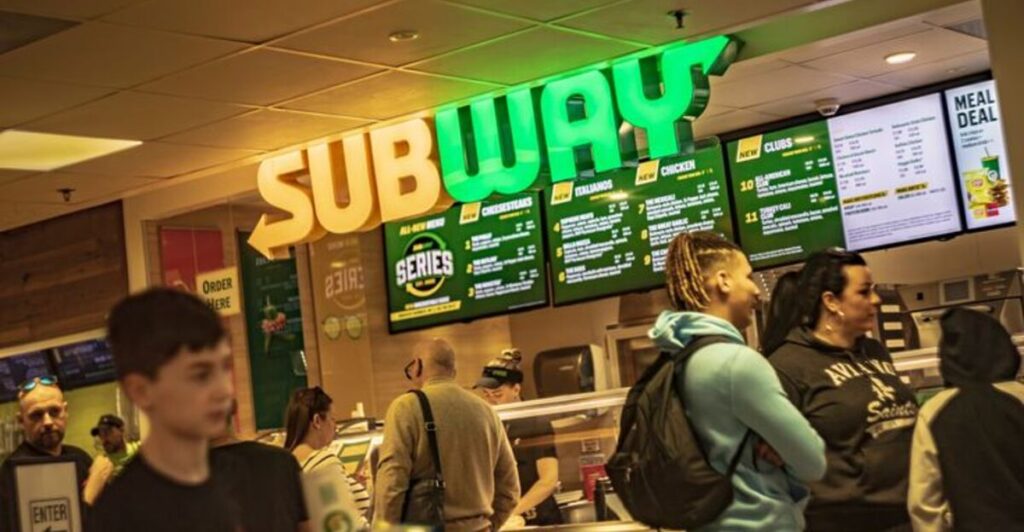
Just like in real estate, location plays a critical role in the success of the Subway franchise. High-traffic areas with limited competition tend to generate higher sales and profits, whereas stores in less favorable locations struggle.
Franchise owners must pay close attention to site selection and market demographics to maximize their revenue potential and long-term viability.
Importance of Digital Ordering and Delivery

Subway’s investment in digital ordering platforms and delivery services has contributed significantly to its recent sales growth.
By catering to evolving consumer preferences for convenience and contactless options, Subway aims to increase average unit volumes and improve franchisee profitability, helping to counteract the impact of store closures.
Financial Modeling for Franchise Planning
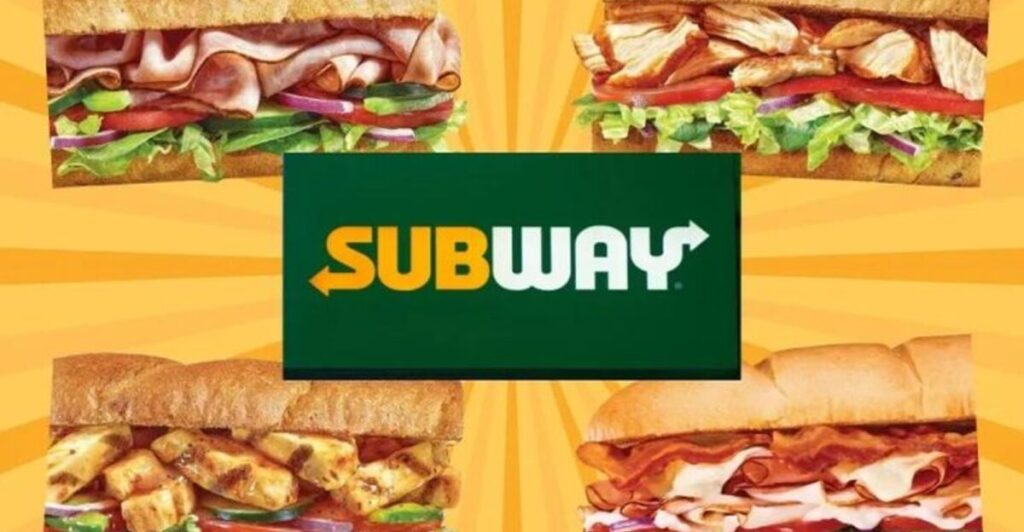
Comprehensive financial models are essential tools for prospective and current Subway franchisees. These models include startup and operating costs, royalty fees, and revenue projections to provide break-even analysis and profit projections.
Franchisees can use financial models to make informed decisions on investment and optimize financial performance.
Outlook Amid Private Equity Ownership
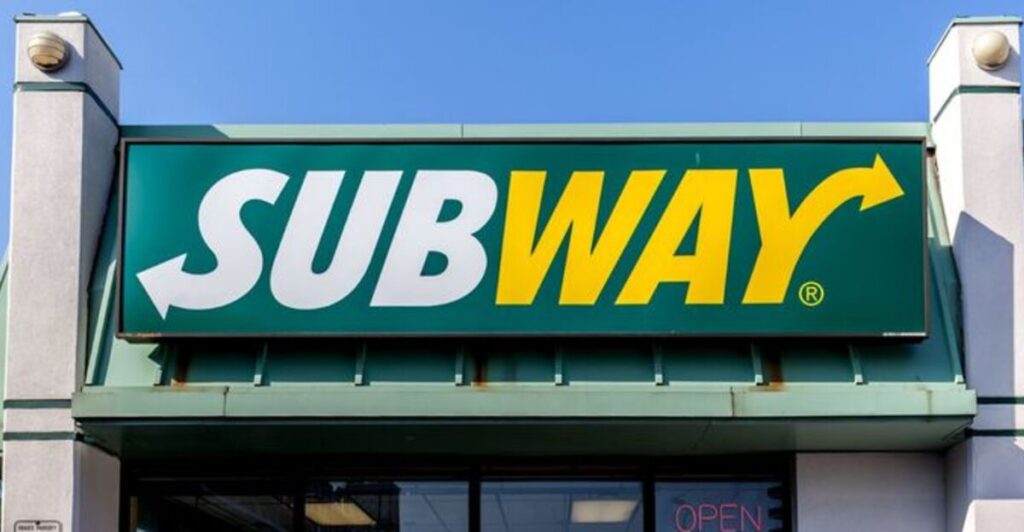
Since Roark Capital acquired Subway, the company has focused on strategic initiatives including store remodels, menu innovation, and international expansion.
Though these initiatives do not reverse the trend of U.S. store closures, private equity ownership does provide capital and operational expertise, which could stabilize and eventually expand the brand domestically and overseas.
Marketing and Sponsorship Changes
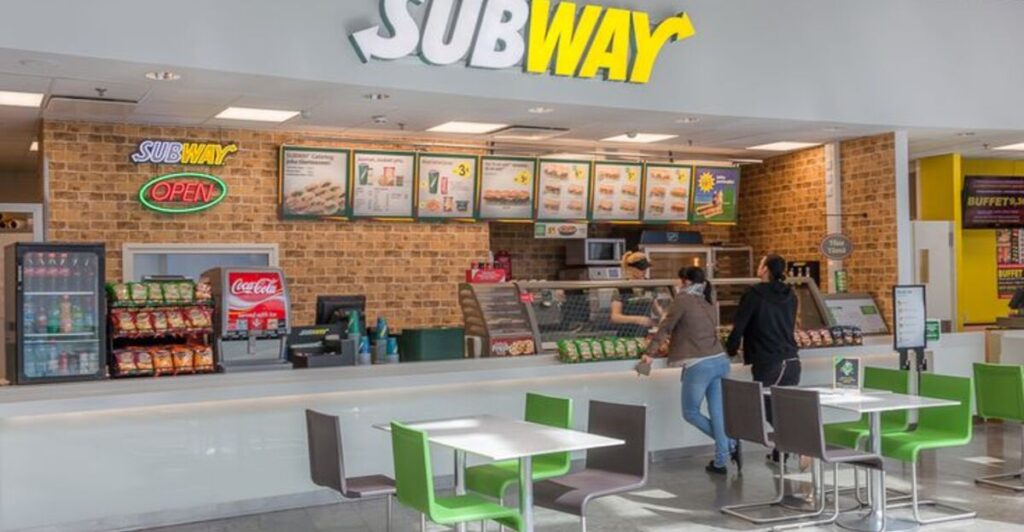
Subway recently ended its sponsorship deal with the NFL after holding the top sandwich sponsorship from 2020 through 2024. The chain also switched from Coca-Cola to Pepsi beverages, a move that sparked some customer backlash.
Subway has also introduced limited-time menu items such as the Doritos Footlong Nachos and relaunched value deals such as the $6.99 footlong promotion to attract price-sensitive customers.
Outlook for Subway’s Future

Despite the challenges and store closures in the United States, Subway remains a major player in the global restaurant industry. Its international expansion, store redesigns, and strategic growth initiatives are intended to stabilize the business and improve profitability.
However, the brand must continue adapting to competitive pressures and changing consumer habits to sustain its position as the largest sandwich chain in America and one of the largest worldwide.
